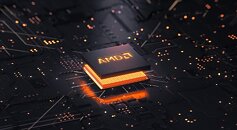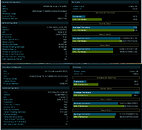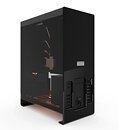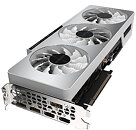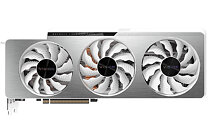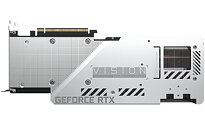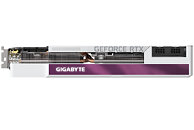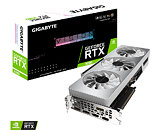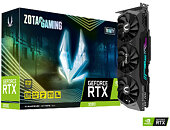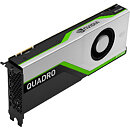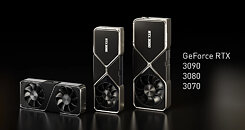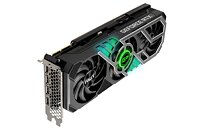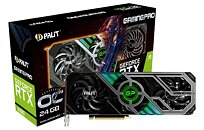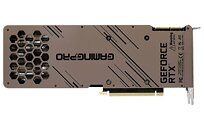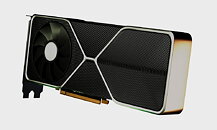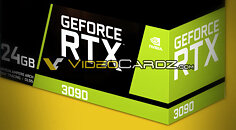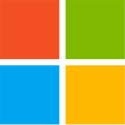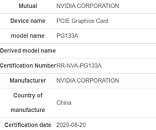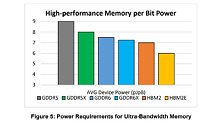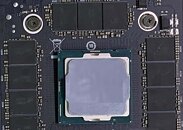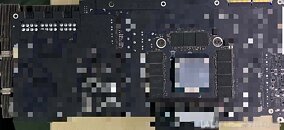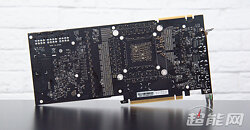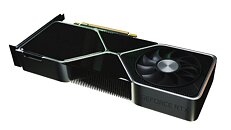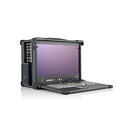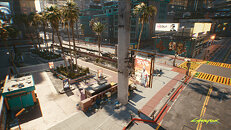
Gigabyte Preparing RTX 3060 Ti Graphics Cards
Gigabyte has recently submitted four new GPUs to the Eurasian Economic Commission (found by @KOMACHI_ENSAKA) for certification. These four cards all feature the N306T designation which is expected to refer to the upcoming NVIDIA RTX 3060 Ti. Thanks to Gigabyte's consistent naming structure we can make a strong educated guess on the upcoming models by looking at their part numbers. The expected models are the Gigabyte GeForce RTX 3060 Ti Aorus Master 8G (GV-N306TAORUS M-8GD), Gigabyte GeForce RTX 3060 Ti Gaming OC 8G (GV-N306TGAMING OC-8GD), Gigabyte GeForce RTX 3060 Ti Eagle OC 8G (GV-N306TEAGLE OC-8GD), and the Gigabyte GeForce RTX 3060 Ti Eagle 8G (GV-N306TEAGLE-8GD).
The NVIDIA GeForce RTX 3060 Ti 8 GB is expected to be announced later this month in response to AMD's RX 6000 series. The RTX 3060 Ti 8 GB will likely feature the 8 nm GA104-200-A1 graphics processor with 4864 CUDA cores, our expected specifications can be found here.
The NVIDIA GeForce RTX 3060 Ti 8 GB is expected to be announced later this month in response to AMD's RX 6000 series. The RTX 3060 Ti 8 GB will likely feature the 8 nm GA104-200-A1 graphics processor with 4864 CUDA cores, our expected specifications can be found here.






